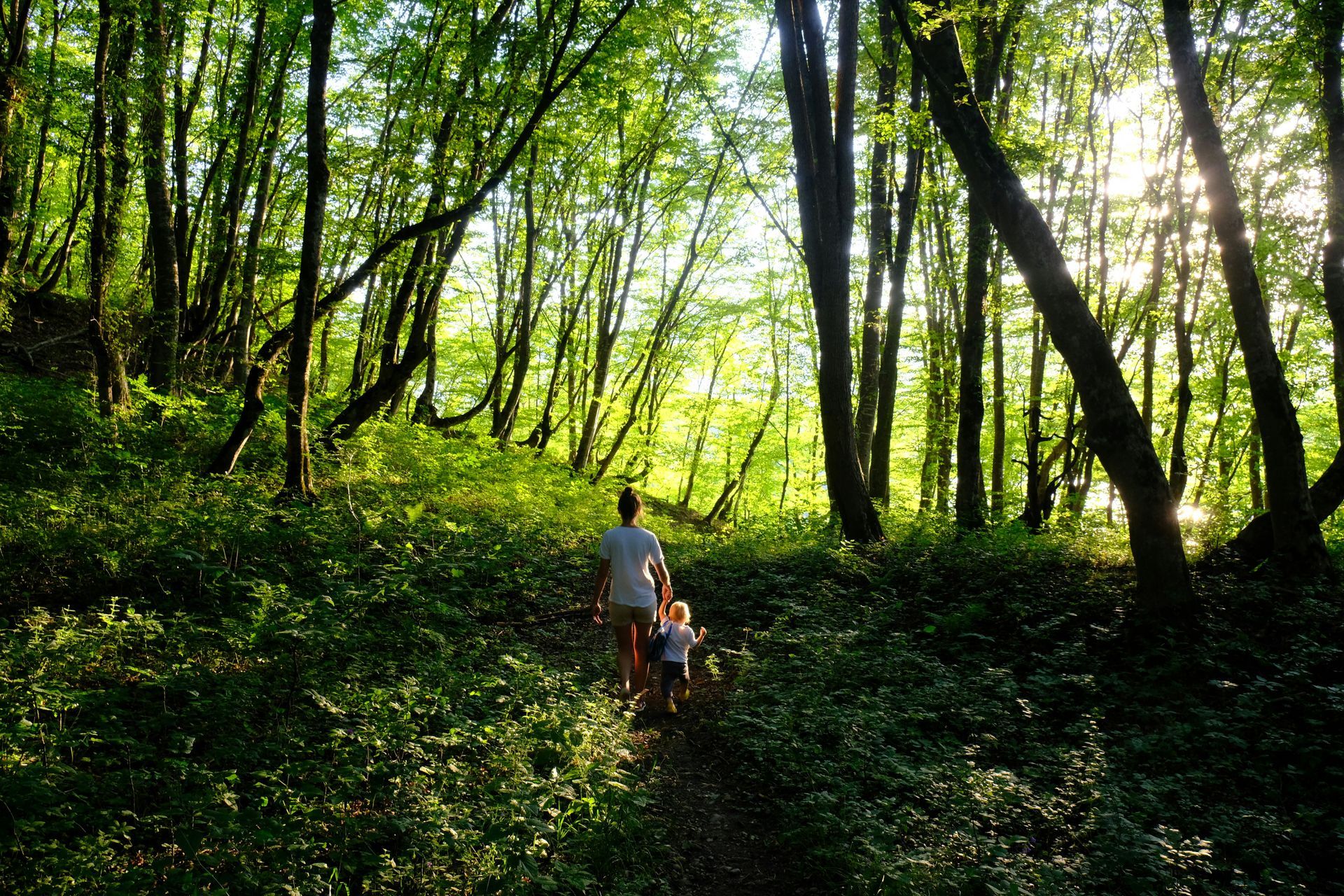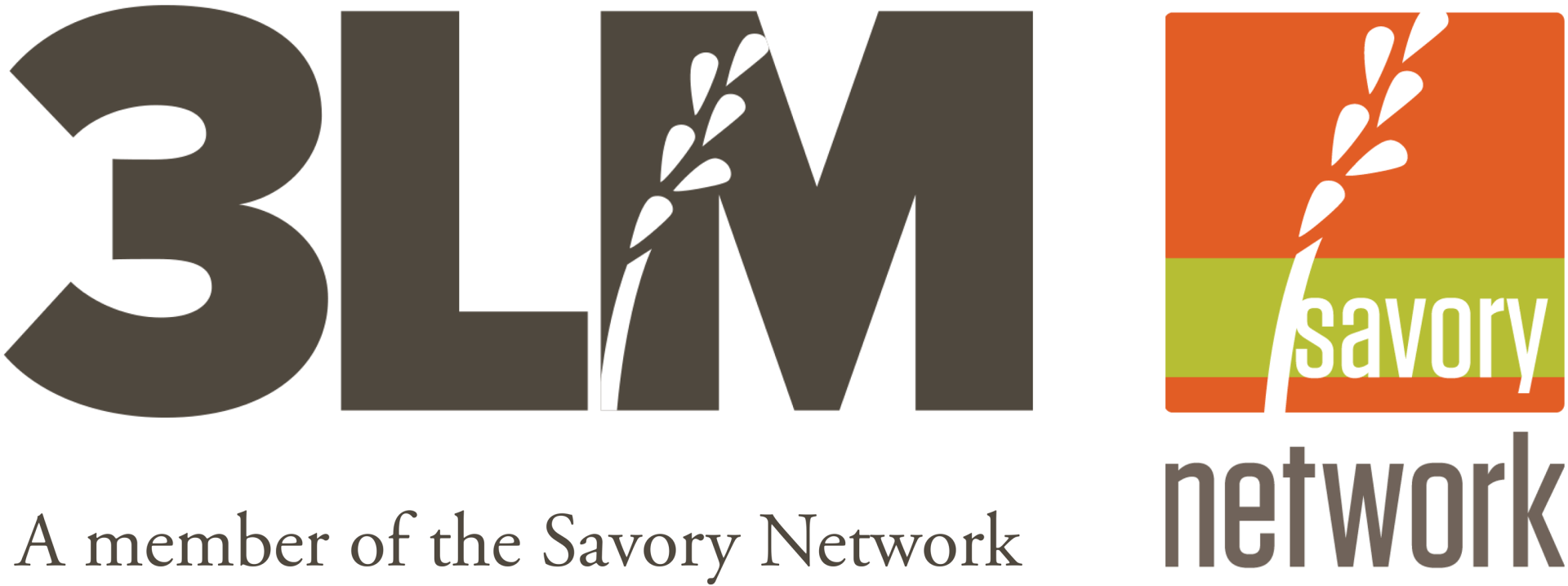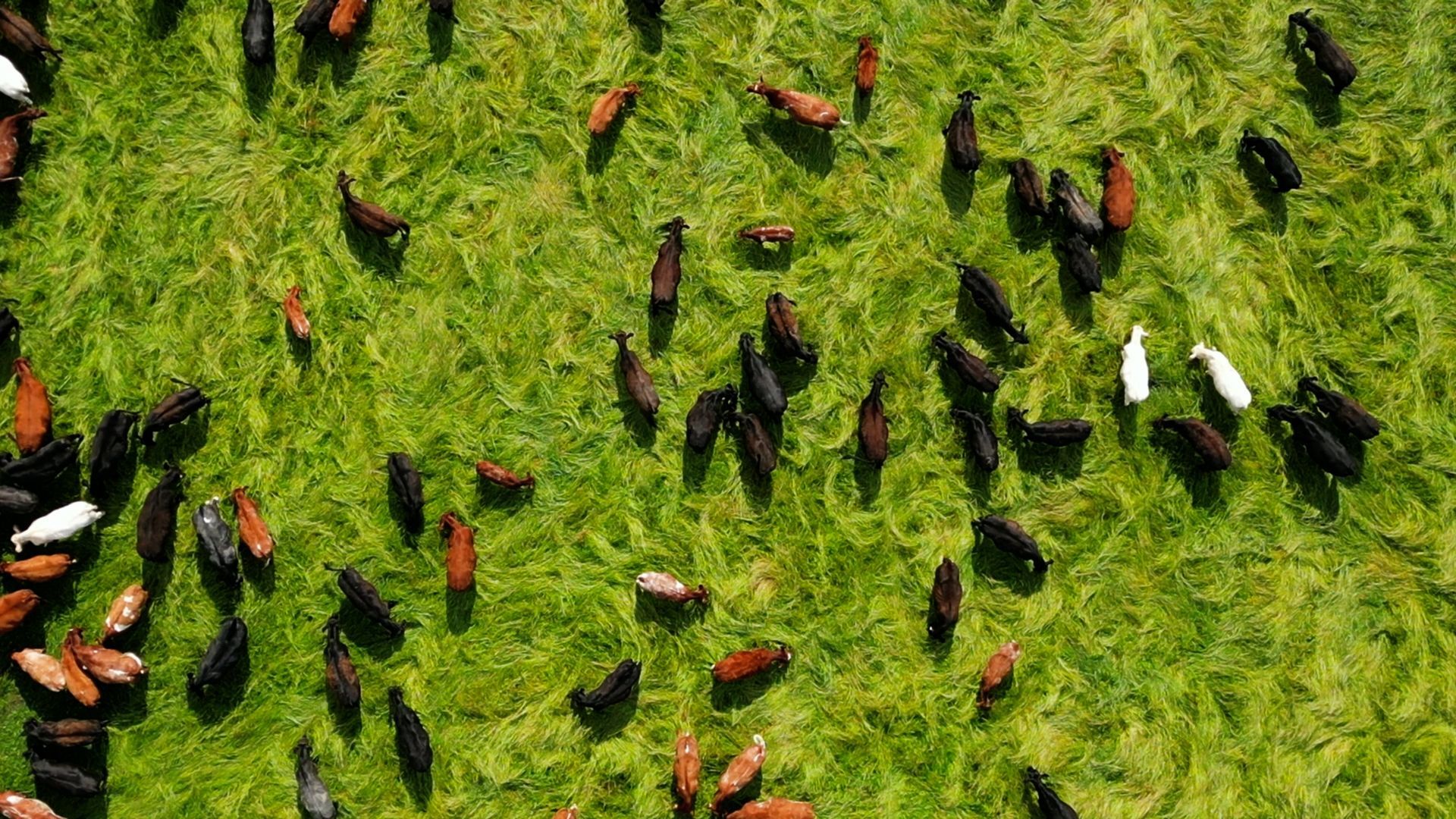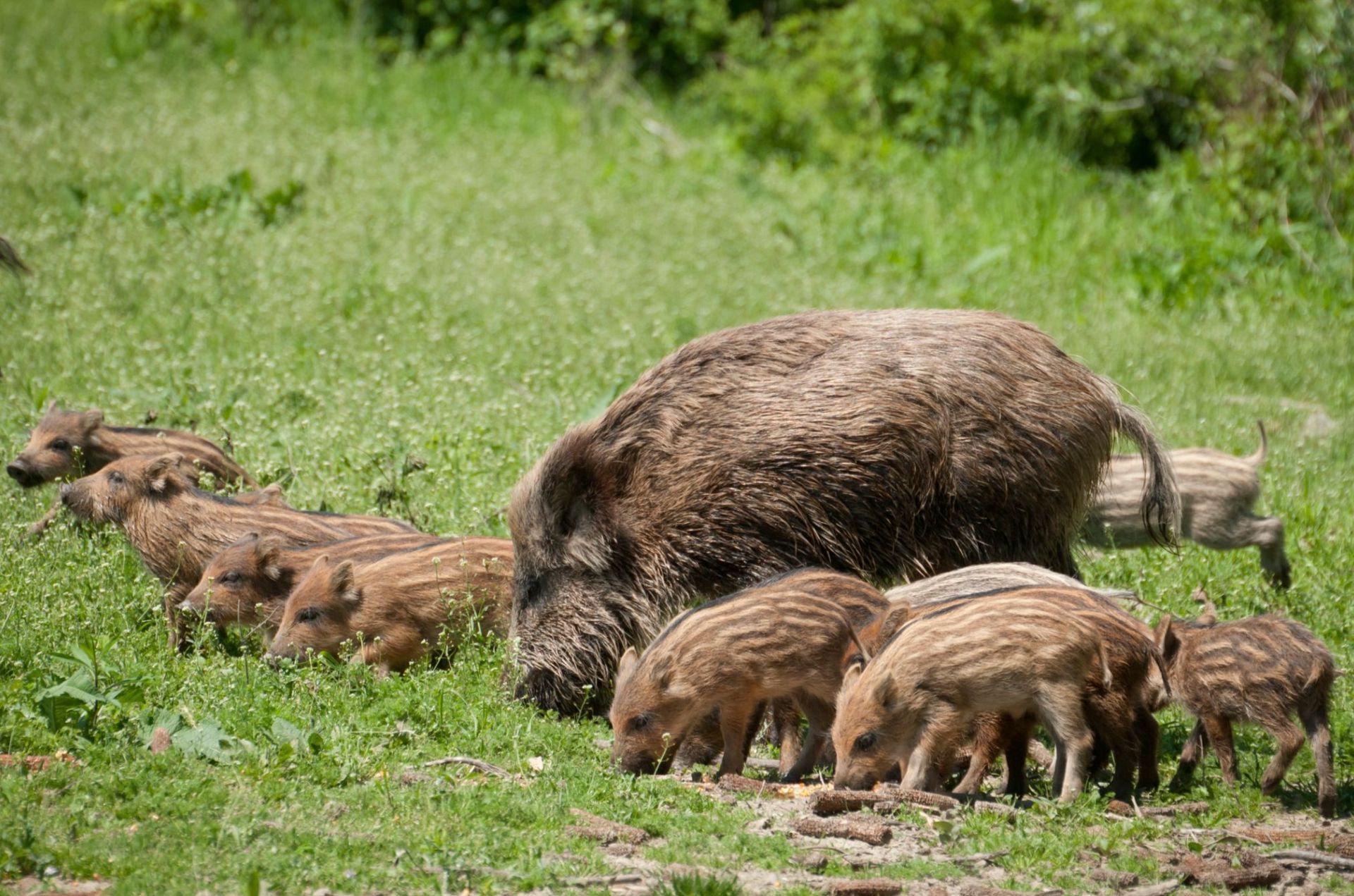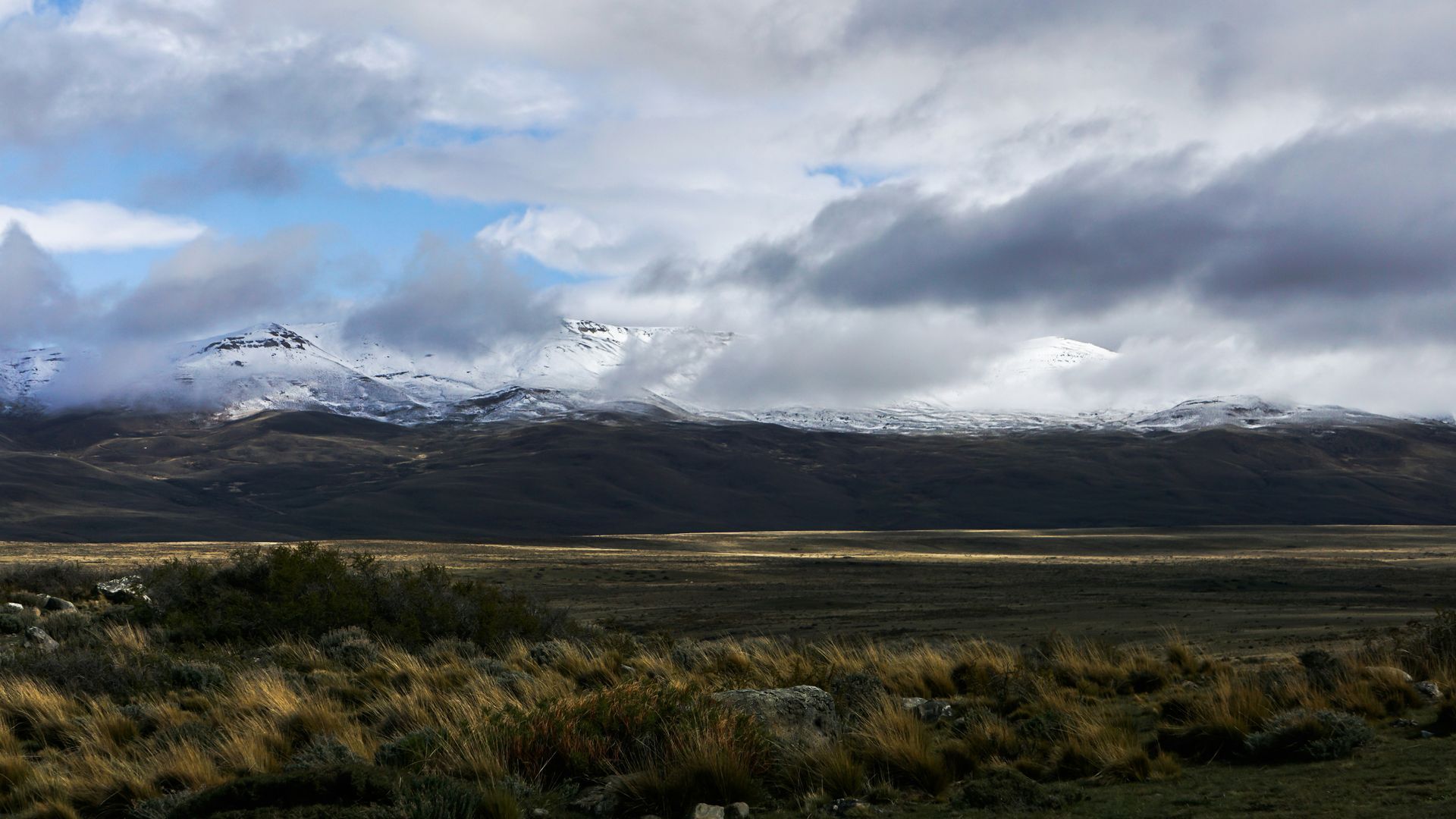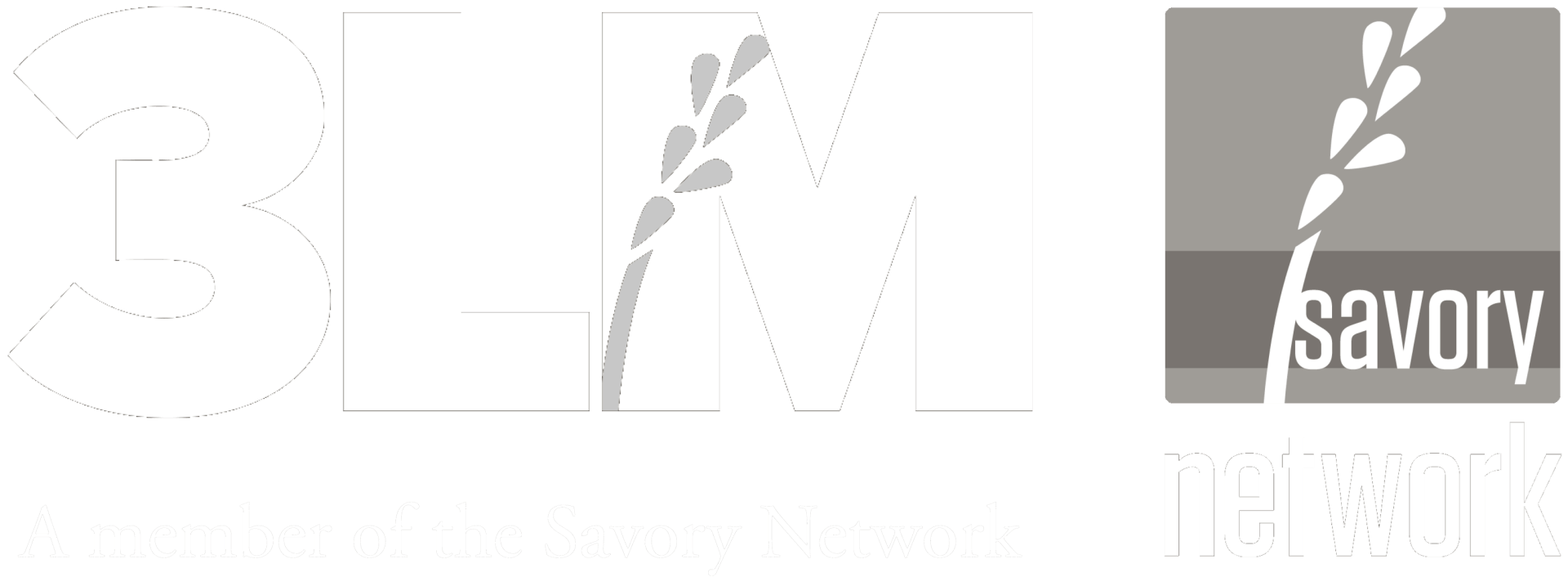Everything You Wanted to Know About EOV
…But Were Afraid to Ask
You’ve likely heard the phrase, “Everything you wanted to know about .... but were afraid to ask.”
If “Ecological Outcome Verification” sounds a bit daunting—or just plain baffling—don’t worry. Below you’ll find a simple speak, straightforward Q&A that demystifies EOV and shows why it is exactly what we need to help our land, livestock, and local communities flourish.
_________________________________________________________________________________________________________________________
Q: What on Earth is EOV?
A: EOV stands for Ecological Outcome Verification. It’s a method developed to measure the health of the land—which includes soil quality, biodiversity, water retention, and a handful of other indicators—over time.
Rather than taking someone’s word for it, EOV verifies that certain management practices (like regenerative grazing) are truly improving the environment. It’s all about evidence instead of just good intentions.
_________________________________________________________________________________________________________________________________
Q: Why should I care about verifying “ecological outcomes”?
A: In a world awash with “green” claims and clever adverts, it’s easy for a product to be labelled “sustainably sourced” without much proof.
EOV cuts through the noise. It offers a science-based verification to show whether farmland or rangeland is genuinely improving under specific management. If you care about soil fertility, planet-friendly farming, and biodiversity, EOV might well become your new favourite acronym.
_________________________________________________________________________________________________________________________________
Q: Who uses EOV, and where is it used?
A: EOV is typically embraced by:
- Farmers and Landowners who use regenerative or holistic practices and want data-backed proof that their methods work.
- Brands and Supply Chains seeking verifiable evidence that the raw materials they purchase (like meat or wool) come from land that’s actually regenerating.
- Consumers, Advocacy Groups, and Retailers who want to ensure that claims about eco-friendly produce aren’t just hot air.
From farms across the British countryside to ranches in South America, EOV is in action wherever there’s land to be stewarded.
_________________________________________________________________________________________________________________________________
Q: What exactly does EOV measure?
A: EOV focuses on tangible ecological markers:
- Soil Health (organic matter, soil structure, and carbon content)
- Biodiversity (number and variety of plant species, pollinators, and other wildlife)
- Water Infiltration and Water Retention (how well the soil absorbs and holds water)
- Ground Cover (the balance of bare soil versus thriving vegetation)
Put simply, EOV measures how alive and resilient the land is becoming. Is it improving, remaining stagnant, or showing signs of decline?
_________________________________________________________________________________________________________________________
Q: How does EOV differ from other certifications or labels?
A: Many certifications are practice-based—they prescribe rules (“avoid these chemicals,” “use these rotations,” etc.). While that’s certainly helpful, it doesn’t always guarantee that the land is actually in better shape. EOV is an outcome-based approach, asking: “Is the soil healthier? Is there more biodiversity? Is water infiltration improving?” If the land shows positive progress, you’re on the right track—regardless of how you got there.
_________________________________________________________________________________________________________________________________
Q: Is EOV just for large estates, or can small farms get involved?
A: EOV is flexible enough for a range of operations. Yes, it’s often used on vast ranches and estates, but smallholders and community farms can equally benefit. Whether you manage 50 hectares or half a hectare, EOV helps you observe real ecological changes over time and make informed decisions.
_________________________________________________________________________________________________________________________________
Q: What’s in it for farmers and land managers?
A: Plenty:
- Clear Insights: EOV supplies data showing which strategies succeed and which need tweaking.
- Premium Markets: More shoppers want genuinely regenerative products; EOV provides a robust claim, sometimes yielding better prices.
- Soil Resilience: Healthier soil is more drought-tolerant and better at coping with floods.
- Long-Term Viability: It’s not just about one harvest or season—it’s about building fertile, productive land for future generations.
_________________________________________________________________________________________________________________________________
Q: And the rest of us—what’s the benefit?
A: For consumers and the public at large:
- Informed Shopping: You can trust that goods bearing EOV credentials come from land proven to be improving over time.
- Support Real Regeneration: Your spending power encourages farmers to adopt land-reviving practices.
- Environmental Gains for All: Richer soil means cleaner water, more carbon stored underground, and flourishing wildlife habitats—everyone wins.
_________________________________________________________________________________________________________________________________
Q: When is EOV undertaken?
A: Because EOV involves observing and measuring on-the-ground indicators (like plant growth and ground cover), field verifications typically take place during the active growing season.
In the northern hemisphere, that usually falls between June and September, whereas in the southern hemisphere the timing shifts accordingly (often November through March, depending on local climates).
_________________________________________________________________________________________________________________________________
Q: What’s the process as a land manager or farmer to begin?
A: If you’d like to start monitoring and verifying your own land’s ecological progress, it can begin with a quick call to us.
We will guide you through the initial steps and get you booked in.
_________________________________________________________________________________________________________________________________
Q: But does this really help the environment—honestly?
A: Absolutely. By consistently measuring key ecological indicators, EOV keeps everyone honest about the state of the land. When those indicators show improvement, it translates to more carbon sequestered in the soil, greater habitat diversity, stronger climate resilience, and healthier ecosystems. This isn’t theory—it’s tracked, documented progress.
_________________________________________________________________________________________________________________________________
Q: Are there any misunderstandings or myths about EOV?
A: A few pop up from time to time:
- “It’s greenwashing.” Actually, it’s the opposite. EOV exists to dispel false claims by demanding evidence of improvement.
- “It’s too complicated for regular farmers or small producers.” EOV was designed with practicality in mind. While data collection does require a bit of training, it’s made accessible for all scales of operation.
- “It’s a passing trend.” As more consumers demand proof of genuine environmental benefits, data-driven verification is likely here to stay.
_________________________________________________________________________________________________________________________________
Q: How do I get started or learn more?
A: If you’re a farmer or landowner this is what we do. Click this link to learn even more
As a consumer look for products or brands that use EOV verification and have a chat with farmers at your local market or farm shop. Simply asking questions can spur bigger changes than you might imagine.
_________________________________________________________________________________________________________________________________
Q: Any final thoughts?
A: Although EOV might sound a bit scientific, it’s really about one straightforward principle: let’s measure and verify that our land is actually becoming healthier, rather than merely hoping for the best.
Whether you run a farm, do your weekly shop, or just keep an eye on the environment, you can be part of this shift towards genuine, measurable land regeneration.
_________________________________________________________________________________________________________________________________
So, there you have it—everything you wanted to know about Ecological Outcome Verification (EOV) but were too polite (or too shy) to ask.
Armed with this Q&A, you can delve into the world of EOV and feel confident you’re championing the real deal: land that’s bouncing back to life, one measured outcome at a time.
